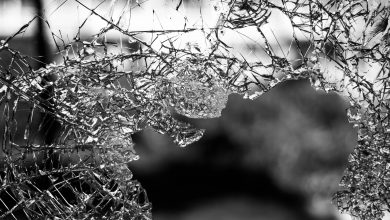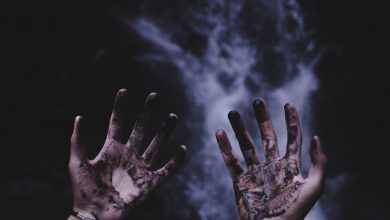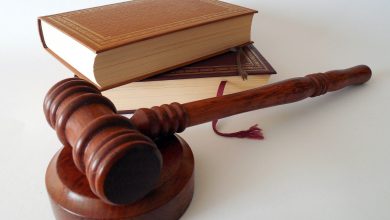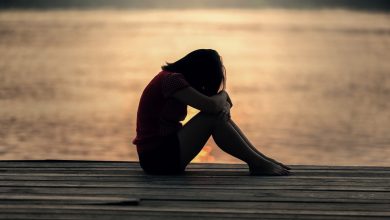Disorderly Conduct Laws and Penalties
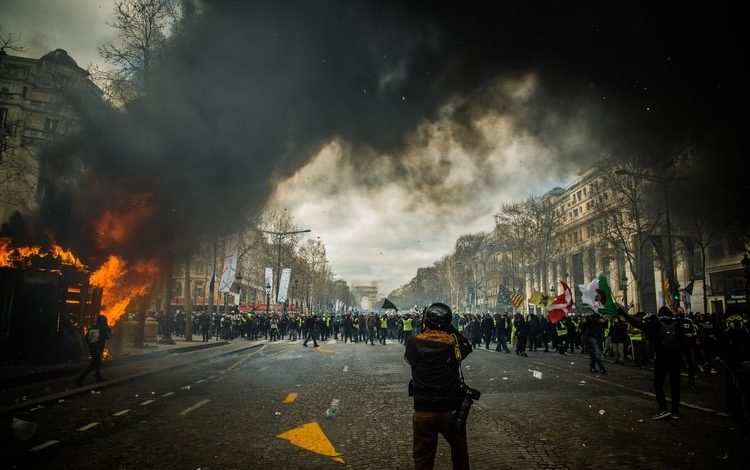
For peace and stability to reign in any part of a country, the federal, state, and municipal authorities put laws in place to ensure the same purpose. However, a significant number of people still engage in indecent behavior that creates or has the potential to cause unrest in public domains. This unruly conduct is punishable by the law of disorderly conduct, otherwise referred to as a breach of peace.
Disorderly conduct is one of the many criminal charges that people file quite often in any jurisdiction.
Disorderly Conduct Laws
Every state and municipality has its peculiar disorderly conduct laws. More so, there are vast types of conduct a state or district can cover. Generally, authorities classify disorderly conduct as an action that’s likely to trigger chaos, irritation, panic, and outrage in the state.
Let’s dive into every part of this law and see how far it goes.
Circumstances
In many instances, disorderly conduct cases depend on the location and time of the incidence. For example, a person yelling around a residential environment late at night is liable to be charged with disorderly conduct. However, another individual doing the same thing in a busy setting during the afternoon on any weekday isn’t committing the crime of disorderly conduct.
Objectivity
Objectivity is essential in the prosecution of disorderly conduct. It means that the prosecutor doesn’t have to demonstrate that people within the influence of misconduct feel uneasy by such behavior for a court to determine the breach of peace. Instead, a prosecutor only has to demonstrate that such disorderly conduct can create panic among sane people where such behavior took place.
Location
Where a law chooses to criminalize breach of peace varies among states. For some administrations, it may have to take place in a public environment, while others may prohibit the conduct even in a private location. A state’s jurisdiction considers the following to be non-private areas: hospital emergency room, festivals, and such buildings used by people to host public events. More so, the public requirement made by the court to prosecute the conduct involves the disturbance of a neighbors’ peace. When the law neglects the need to establish a public factor, it’s adequate and acceptable that the breach of peace only disrupted one individual’s peace of mind.
Specific Types of Activity
Due to the variation in the rules or laws governing disorderly conduct, what may warrant this charge in one state may differ in another. Despite this difference, many behavioral patterns typically warrant disorderly conduct charges irrespective of the state or municipality where the event took place.
Fighting
It’s common to find several states’ prosecutors penalize brawling or physical fighting on the ground of breach of peace, although a higher degree of assault or battery may be involved. However, the situation of a specific case would infer if a prosecutor charges the defendant with disorderly conduct, assault, battery, or even more grievous charges.
Protests
A peaceful protest doesn’t break the law of disorderly conduct. Conversely, a court can prosecute a protest that tampers with the activities of other members of the society and their peace of mind. An example is a situation whereby protesters make roadblocks to inhibit the movement of other pedestrians or vehicles within a state or metropolis.
Disturbing an Assembly
When a person or group of people disrupts a public gathering like a religious ceremony, a public campaign, or a city council meeting, such an individual or group may be found guilty of disorderly conduct.
Public Misconduct
Carrying out typically private conduct in an open place qualifies as disorderly conduct. Say, public intoxication, public coitus, public masturbation, and excretion in the open are all manners of disorderly conduct.
Police Encounters
It’s prevalent for police encounters to result in disorderly conduct. Behaviors that can lead to this charge typically don’t involve a person arguing with a police officer. However, courts count an exhibition of threatening behavior or physical contact of any kind during an argument with police as a breach of peace.
Moreover, the court doesn’t count disorderly conduct also to involve a person disagreeing to vacate a public domain based on a police order. Nevertheless, if a police officer issues an order at a time when crowd control became a crisis, the court can count such disagreement as disorderly conduct.
Disorderly Conduct Penalties
In many instances, disorderly conduct qualifies as a misdemeanor offense and may be punishable as a felony under varying conditions. The latter is true for situations such as when an individual makes an untrue report of a fire incidence. Also, states and municipal laws vary in the possible punishments on the conviction of disorderly conduct, but they usually involve one or two of the following penalties.
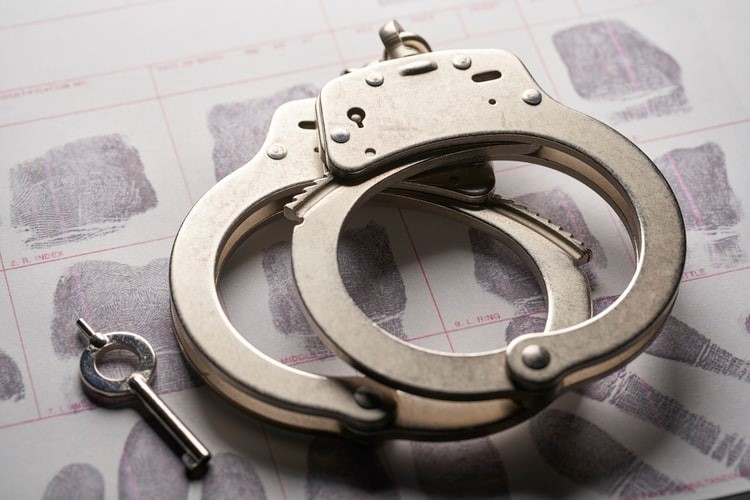
Jail
Jail term for a verdict of disorderly conduct usually is short. However, laws in states may permit up to a year for a misdemeanor conviction. For many first-time offenders, time-served may be the only penalty. In such a situation, they’re free from any punishment given that they already stayed in prison in the course of the initial arrest.
Conversely, repeat offenders, or more severe circumstances of disorderly conduct, may attract brief jail time ranging from days to multiple weeks. Offenders guilty of a felony may earn a year or beyond in state jail.
Fines
As a penalty, courts usually impose fines on most people convicted to have engaged in disorderly conduct. The penalty ranges from $25 to $1,000. However, it could be more than that.
Quite often, courts would order a fine on disorderly conduct convicts rather than sentence them with imprisonment or court supervision. Nevertheless, courts may also impose a fine alongside a jail or probation sentence.
Probation
It isn’t uncommon for a court to order a probation sentence on a person convicted of disorderly conduct. This probation sentence can last between months to years.
If a person under court supervision yet disregards probation by, for instance, engaging in yet another misdemeanor, the court can order a more severe punishment, such as imprisonment or a more massive fine.
Disorderly Conduct in California
In California, anyone involved in demanding for prostitution or performing the act or any other titillating acts and publicly pleading for alms qualifies for disorderly conduct charges. Being visibly drunk or high on drugs and wandering around a private property without any valid explanation warrants disorderly conduct charges.
Other offenses that fall into this category encompass intruding in a person’s privacy either by recording or peeping at a person who requires privacy, perhaps in their bathroom or dressing room, for the intruder’s sexual titillation or gratification.
This misdemeanor crime attracts a fine of about $1,000 or a jail term of about six months, or both penalties. Additional punishment may pertain to second and successive convictions.
(Cal. Penal Code § 647.)
Fighting, Noise, and Offensive Words
The act of hitting a person and instigating someone else to do the same in a public domain falls under disorderly conduct in California. Moreover, the state qualifies intentional, unruly, and irrational noise-making as a misdemeanor. Using offensive words within a public environment with a high possibility of prompting negative response falls under California’s breach of peace.
The state categorizes all three indecent behaviors (fighting, noise-making, and offensive words) as misdemeanors. Court sentences may involve paying a fine of up to $1,000 or six months’ imprisonment. Sometimes, the court may order both penalties.
(Cal. Penal Code § 647.)
Riot
California establishes a riot offense to involve the use of criminal force or violence in a public domain or threatening to do the same. The state also categorizes rioting as a misdemeanor. Court rulings impose paying a fine of up to $1,000 or six months imprisonment. Sometimes, the court may order both sentences.
(Cal. Penal Code § 404.)
Disturbing the Peace on a School Campus
Breaching the peace on a school campus in California affects individuals who haven’t enrolled in the school, but who engage in fighting, irrational and audible noise-making, and using offensive words within the school’s residence.
This misdemeanor attracts a fine of up to $400, 90 days’ imprisonment, or both sentences. Nonetheless, former disorderly conduct convicts may incur more severe punishments.
(Cal. Penal Code § 415.)
Refusal to Disperse
It’s unlawful for two or more individuals to gather to disrupt the peace in any area of California and also to refuse to follow a lawful order by a law enforcement officer to disassemble.
California considers this insubordination as a misdemeanor. Punishments include restitution (which entails paying for damage resulting from the crime) or community service.
(Cal. Penal Code § 404.)
Disorderly Conduct in New York
Under the New York state’s jurisdiction, an individual may commit the offense of breach of peace by:
- Engaging in or threatening to strike or cause harm to a person
- Intentional and irrational noise-making
- The use of offensive words or terms to the hearing of others
- Disturbing legal and public occasions, such as a burial ceremony
- Obstructing traffic (vehicular and pedestrian)
- Assembling in public and not complying with a police officer’s order to disassemble
- Creating an offensive or dangerous situation without any logical justification. For example, engaging in a noisy disagreement in a rather quiet public environment.
(N.Y. Pen. Law § 240.20.)
Disturbing a Funeral or Religious Service
The state of New York categorizes disturbance or noise-making at or within 300 feet of a funeral, memorial, or religious service as a breach of peace. It means that the law forbids radical groups from picketing funeral services.
(N.Y. Pen. Law § 240.21.)
Free Speech
The accused usually opine that New York’s breach of peace constitution is so vast and ambiguous that it interferes with or contradicts their federal constitutional right to free speech under the First Amendment. However, these claims have been unsuccessful.
Loitering
New York considers the act of standing aimlessly or loitering around a public domain as disorderly conduct. This act can involve standing idly:
- To purchase drugs
- While participating in betting or wagering activities
- To engage in prostitution or to pander the same
- While on a mask
- At or near a school
- At or near a conveyance with the purpose of trading or amusing people
Therefore, by the law of New York, police officers may charge a street entertainer for loitering. Formerly, the city considered the act of begging as a loitering offense. However, the state annulled the law.
(N.Y. Pen. Law § § 240.35, 240.36, 240.37.)
Public Intoxication
Being under the influence of alcohol isn’t criminal in the state of New York. Nonetheless, an officer can seize an individual who is intoxicated in public into protective confinement. Conversely, the New York Mental Hygiene Law forbids an individual from being under the influence of drugs in public and misbehaving.
(N.Y. Mental Hygiene Law § 22.09; Pen. Law § § 240.00, 240.40.)
Riot and Unlawful Gathering
The offense of riot in New York involves participating in aggressive conduct with at least four people inducing a threat of public panic. Illegal gathering typically consists of a congregation of at least five people for the objective of partaking in or organizing a riot.
(N.Y. Pen. Law § § 240.05, 240.06, 240.08, 240.10.)
False Alarms and Fake Bombs
False reports on a violation, accident, disaster, or child abuse are punishable by the disorderly conduct law of New York. More so, a false claim on a fire outbreak or bomb is a more severe offense. It’s also punishable to leave a phony bomb or any dangerous element where they’re liable to cause disturbance or unrest.
(N.Y. Pen. Law § § 240.50, 240.55, 240.60, 240.61, 240.62, 240.63.)
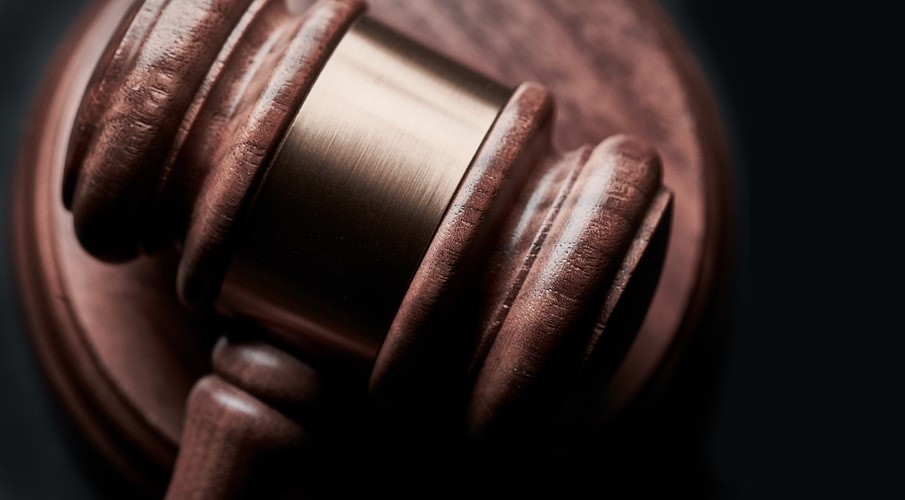
Punishment
Disturbing a religious or funeral service is a class A misdemeanor which attracts up to 12 months’ imprisonment and up to $1,000 in fines. Loitering for the intention of using or purchasing drugs, engaging in prostitution or pandering is a class A or B misdemeanor. A Class B misdemeanor attracts up to three months’ imprisonment and up to $500 in fines. If property damage happens during a riot involving at least eleven people, such becomes a class E felony and attracts the penalty of up to four years’ imprisonment and a fine of up to $5,000.
Severe cases of false alarms causing harm and unrest are class D felonies and attract up to seven years’ imprisonment and a fine of up to $5,000.
(N.Y. Pen. Law § § 240.05, 240.06, 240.08, 240.10, 240.20, 240.21, 240.35, 240.36, 240.37, 240.50, 240.55, 240.60, 240.61, 240.62, 240.63.)
Disorderly Conduct in Minnesota
In Minnesota, an individual is guilty of disorderly conduct if they carry out any of the following actions.
Brawling
Brawling refers to making offensive utterances or disturbing conduct capable of distressing others.
Disturbing a Legal Gathering
To succeed, the prosecutor must demonstrate that the accused was aware of their action and its impact on the accuser. Conducts resulting from an epileptic seizure don’t warrant charges, according to Minnesota’s lawmakers.
In a situation where the victim of disorderly conduct is a helpless grown-up, while the accused is a caregiver, the crime is subject to severe penalty. (Minn. Stat. § 609.72.)
For instance, swearing or using disrespectful words on another person, may amount to a disorderly conduct conviction. However, this instance is contextual. Cursing may be offensive in a religious setting but welcomed in a wild club.
Free Speech
Many accused found guilty of this crime have asserted that this charge is ambiguous and vast, and violates their First Amendment right to free speech under the U.S. legislation. Nonetheless, courts have discarded these claims.
Riot and Unlawful Assembly
Nearly all states in the U.S. have codes against riots and illegal gatherings. Minnesota state’s law considers disturbance to be a scenario where more than two individuals meet together to carry out or incite property destruction, force, or violence. The penalty of a riot becomes more severe if there is a casualty in the course of the event.
In Minnesota, it’s criminal not to forsake an unlawful gathering. Say, a group of thirty protestors at a state political rally confronting the law enforcement officers is subject to disorderly conduct penalties.
(Minn. Stat. § § 609.705, 609.71, 609.715.)
Public Intoxication
Minnesota doesn’t consider public intoxication as disorderly conduct.
Penalty
Minnesota’s punishment for disorderly conduct is a jail term of up to six months or a fine of about $1,000 or both. Precisely, disorderly conduct meted on a vulnerable adult by a caregiver warrants a year jail term or a fine of up to $3,000 and could be both.
Illegal gathering and not forsaking such a gathering qualifies for half a year jail term or $1,000 as a fine or both. Rioting is punishable in a like manner. When one is armed while rioting or knows of another rioter doing the same, it counts as a felony and is punishable by five years in jail or a fine of up to $10,000. If someone dies, the guilty may spend about 20 years in prison or pay a fine of up to $35,000 or both.
(Minn. Stat. § § 609.705, 609.71, 609.715, 609.72.)
Any criminal conviction in the United States can amount to grievous and lasting consequences. If charged with disorderly conduct of any category in the U.S., you should seek the services of a U.S. criminal defense attorney in your state.
Your lawyer can tell you what you should anticipate in court and assist you in presenting your case in the most professional way for the best possible result.
